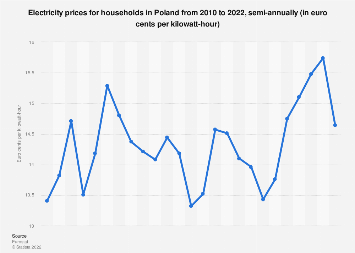Air gen
Scientists at the University of Massachusetts have developed a device that can generate electricity from water vapor in space. This device, called “Air-gen”, dates back more than thirty years. There, scientists found a rare microbe from the genus Geobacter which, among other things, can produce magnetite (a good conductor of electricity) without oxygen. While testing the material, electrical engineer Jun Yao discovered – almost by accident – that when nanowires are brought into contact with electrodes in a specific way, they generate a current. a. Although it is unlikely to be suitable for industrial applications, it may add a small amount of electricity Green Mountain Energy plans in the near future.
Microgrids and Artificial intelligence

Microgrids are local energy grids that can operate independently or by connecting to a larger grid. These networks are not only energy savers, they also provide energy independence, efficiency, and security in the event of the unexpected.
Their sizes usually range from 100 kilowatts (kW) to several megawatts (MW). Cape Town is currently conducting studies on the integration of technologies such as microgrids to address intermittent power issues.
Xendee, a San Diego company, has developed an advanced microgrid design tool. The software includes the use of artificial intelligence (AI) to predict usage and usage spikes. These systems accurately predict energy consumption and optimize distribution in different areas or buildings without affecting other buildings and buildings connected to the network.
Compressed Air Energy Storage Systems (CAES)
Integrated Air Storage (CAES) utilizes excess air compression energy stored in-ground storage. Air pressure generates heat. The aim is true, along with other forms of energy storage and other methods such as smart grids, to allow long-term renewables to take over from fossil fuels.
Power wall
The Tesla Energy Powerwall is a state-of-the-art home battery designed to store your own energy, so you can use it at any time, at night or on the go. Powerwall gives you the ability to store energy for later use and operate with or without solar power to provide significant savings and financial benefits.
In Solar
When the sun rises, solar energy starts to power the house. When additional power is needed in the building, the building can draw on the utility grid.
Solar power is paid for during the day when the solar panel produces more electricity than the house consumes. The Power wall stores this energy until the home needs it, such as at night, or when the power grid is offline during a power outage.
The next day when the sun goes down, solar power recharges the Powerwall so you have a clean, renewable energy cycle.
Without Solar
If your electricity fluctuates throughout the day, the Powerwall will charge when electricity prices are low and charge when electricity prices are high, creating automatic savings. The Powerwall will also provide uninterrupted backup power by detecting grid outages and automatically becoming the home’s power source.
Vertical ventilation system
Vertical wind turbines on the side of the road capture the waves generated by passing cars, the energy that is not currently being used. It is clear that these winds capture not only the wind produced by a speeding car but any current wind. They can be placed near the center of the highway (so it’s easy to access and cheap).
Betavoltaic – nothing goes to waste in nuclear waste
Nuclear reactors constantly decay and emit radioactive particles. This is why highly radioactive materials are dangerous and why nuclear waste storage is so important and expensive. Betavoltaic devices use waste particles produced by low-level radioactive materials to capture electrons and generate electricity.

